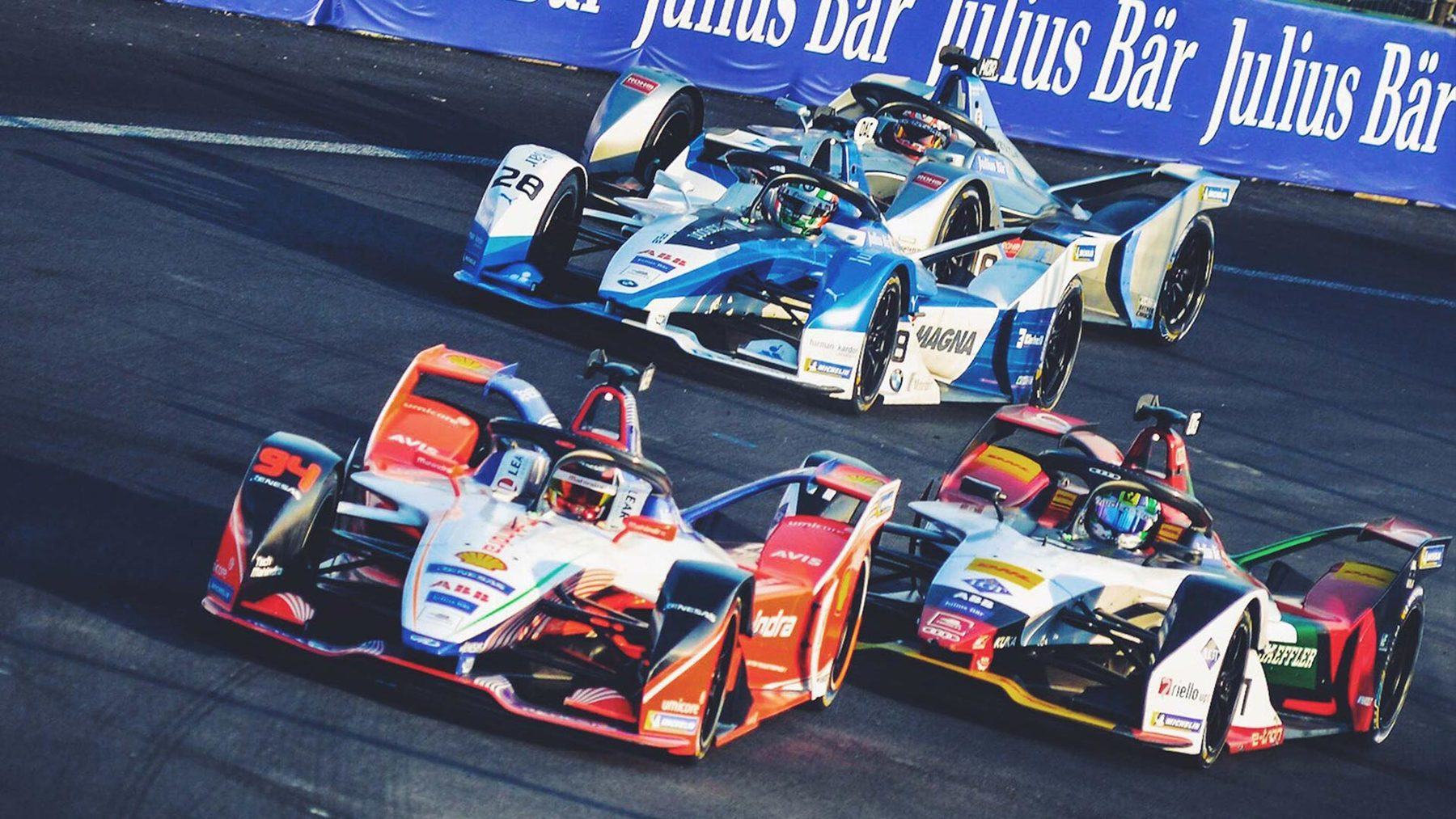Can Formula E’s fan-first approach give it the edge?
At just five years old, Formula E undeniably lacks the wealth of history which is ubiquitous in Formula 1. So how can FE, with cars that are also missing the speed and the roar of their F1 counterparts, compete for the attention of motorsport fans who have been captivated for over seventy years?
Perhaps where Formula E is accelerating into the lead is in its domination of social media, and its unique fan-first approach to racing.

Where in Formula 1, fans pledge their allegiance to favourite teams by dropping cash on branded memorabilia and more caps than you could ever possibly wear, in Formula E, fans are given the opportunity to vote for their favourite driver. These votes have a real impact on the results of the race. ‘Fanboost’ offers the favoured driver a 20% power increase for a few seconds of the race.
This is an advantage that, in the world of motorsport, can make the crucial difference to the podium line-up. Couple this with the new feature introduced to the electronic series in 2019 of ‘attack mode’, and you can see where fans are really getting involved. Akin to Formula 1’s DRS zone, this 25KW power increase is activated by drivers deviating from the racing line, with the consequential forfeit to the lap time justified by a power increase.
Owing to the next-gen demographic, FE uses a range of social media platforms to engage with fans. Formula E is pushing boundaries in this area, to compete with its petrol guzzling competitor, and it is showing no signs of slowing down. Fans are not just privy to behind the scenes insights of Formula E, but are also able to follow favourite drivers, teams and connect with one another in a digital space.
These accounts are dominating motorsport on Instagram and Twitter, creating a wealth of media, teasers, cartoons and race highlights, to keeps fans thoroughly engaged both trackside and in-between races. This is topped off with the new Formula E YouTube show introduced in Season 5, ‘Voltage’, offering a mixture of guest and classic presenters, all catered for the next-gen fanbase.
This growth is particularly visible amongst the younger demographic. Last season, there was a 347% rise in the number of 13-17 year olds engaging with digital content put out by Formula E, and a 54% rise among 18-24 year olds consuming the same content.
In an age where relatability and engagement lead to increased viewership, and with a 2020 London e-Prix back on the cards and the recent addition of Mercedes-Benz EQ team, this eco-friendly form of racing could steal away Formula 1’s young global fanbase by just clicking ‘share’.



